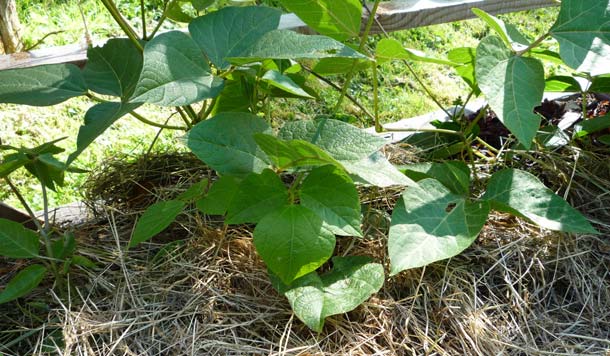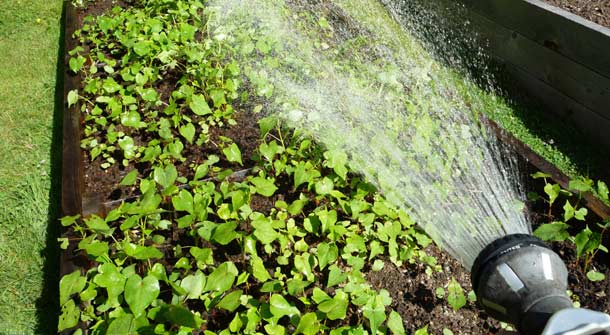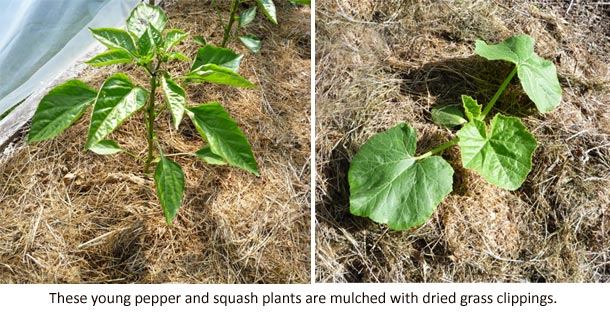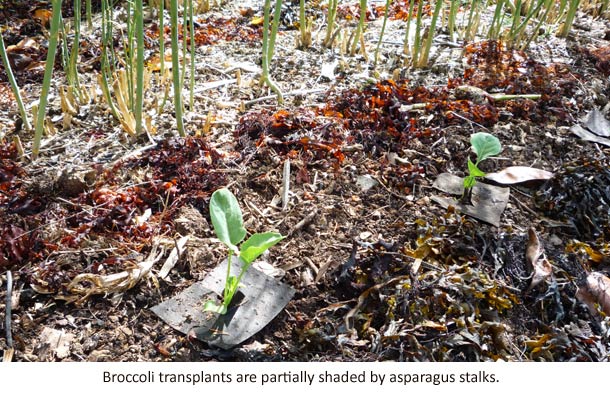Practical Ways to Protect Your Garden During a Heat Wave
We’ve already seen a couple of hot-spells that have swept the country, and forecasts call for more as the summer progresses. It’s important to take steps to protect your garden against the ravages of extreme temperatures and intense sunlight. Let’s take a look at some simple things that we can all do in order to protect plants, reduce stress on them, and allow more energy to be used for growth instead of trying to stay alive under harsh conditions.
Water in the Morning
Plants suck up most of their water during the day, and heat waves cause rapid evaporation. The best time to water your garden is in the morning when temperatures and sunlight are not as intense. This will give the soil time to absorb the water and store it for plants to access throughout the day. Watering in the afternoon can help to keep plants cool and to “touch up” soil moisture, but much of the water will be lost to evaporation.
The trick is to water the plants just enough so the soil remains moist throughout the day. However, you don’t want to over-water the plants. It may take a few days to figure out the best amount of water to use, but once you do, you can greatly enhance the health of your garden by using this approach.
You also want to make sure that your plants are getting the water that they need as some need more than others on a daily basis. Make sure that you water thirstier plants more so their growth doesn’t get stunted or their leaves dry out in the intense heat.
Shading
Many plants do better in partially-shady conditions. These include a lot of the leafy vegetables as well as tomatoes. Make sure that you have something in place that will cover the crops and protect them from the intense rays of the sun. There are a variety of garden covers on the market that are specifically designed for this purpose. You can also take advantage of natural cover, such as planting them near trees and shrubs. You can also see where shadows fall in the hottest parts of the day and plant these crops in that area as well.
Mulch
Mulch acts as an insulator that can reflect a lot of the heat generated by the sun while also helping the soil to retain moisture. The trick is to use the right kind of mulch. You want to look for a product that is as reflective as possible as opposed to wood that absorbs heat. Plant a generous layer atop the soil and around plants and water normally. You should start to notice that the soil remains cooler and retains more water as opposed to what happens in un-protected areas.
Just remember that certain crops do not grow properly under mulch, and mulch can also attract invasive species that target specific crops as well. Make sure to avoid putting mulch near these plants.
Plant Near Established Crops
Finally, one great trick is to transplant seedlings or plant new crops next to the shade provided by those that are already growing and established. This will provide an important layer of protection that can keep these sensitive plants from getting stressed or drying out.
These are just a few suggestions that can help you to take better care of your garden during the hottest and driest part of the summer. Feel free to share any tricks that you use, and always keep an eye open for new ideas that can help to keep gardens safe during these adverse conditions.




